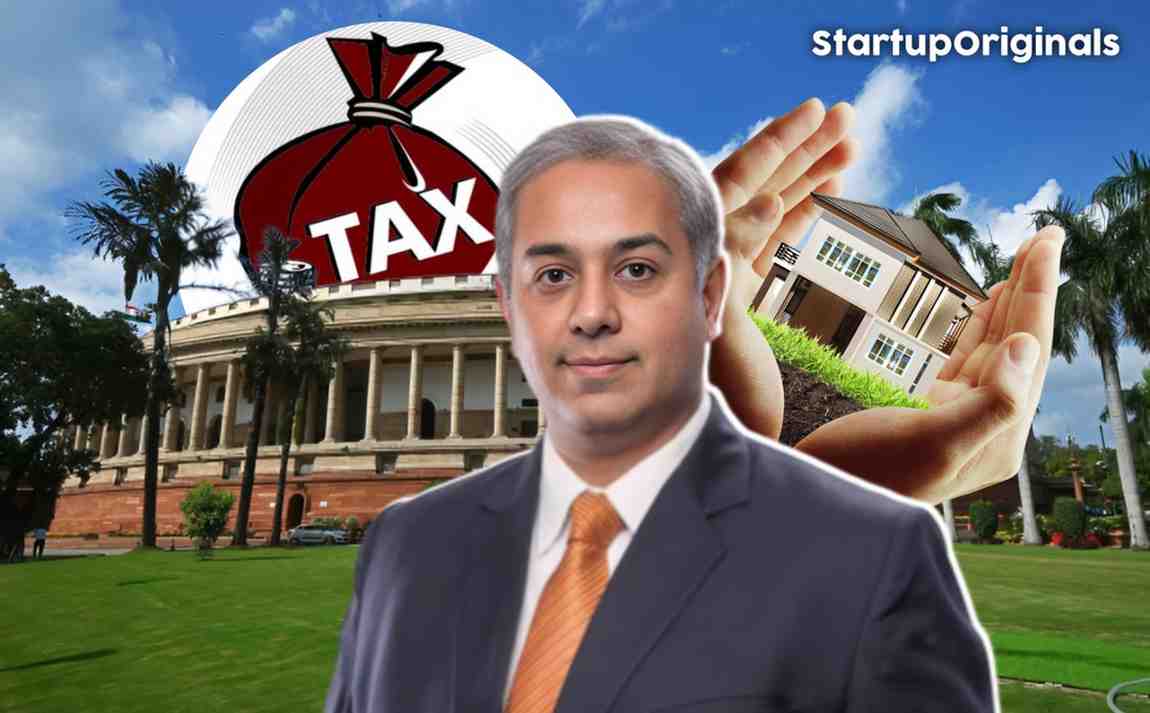
Sanjay Dutt, Managing Director & CEO of Tata Realty, recently spoke out about the many hidden costs that make housing unaffordable for India’s middle class. At the India Today South Conclave, he argued that nearly 50% of the cost of a home in urban areas goes into government levies, taxes, and non-development charges. He called for fundamental policy changes to make housing more accessible.
Taxes & Levies Eat Up Nearly Half the Cost:
- While GST on affordable housing (under construction) is low (1%) and 5% on other residential properties, that’s just the surface cost. Buyers also have to pay stamp duty, registration fees, municipal charges, development cesses, and premiums for additional floor area. Together, these can push the government’s share of property cost to 30-50% in many urban markets.
- Sanjay Dutt said that such a high share from government charges is one of the crucial barriers to owning homes for the middle class. He emphasized the need for these charges to be rationalised and made transparent.
Land Costs, Scarcity & Unused Government Land:
- In major cities, the cost of land itself often accounts for 50-85% of the total project cost. This means that even before construction begins, land and approvals already heavily weight the overall cost.
- He noted that many government‐bodies, like the Railways, Defence departments, municipal corporations, port trusts, hold large tracts of unused or underused land. If these lands are unlocked or monetised, it could bring down land costs significantly.
Connectivity, Infrastructure & Distance from Cities:
- Building homes far from city centers might reduce land cost somewhat, but poor infrastructure, inadequate roads, and long commutes often negate the benefit. He asked: “What’s the point of building affordable homes 50 km away if people can’t commute daily?”
- Good connectivity, transport infrastructure, and approval delays are other hidden costs, delays push up capital costs, and distant homes tend to require more spending on commuting, time, and often endure lower livability.
Speculation, Rising Aspirations & Quality Premium:
- Besides official charges, speculative real-estate investments also raise prices beyond what many buyers can afford. When people treat housing as investment rather than dwelling, it pushes up demand and expectations.
- Homebuyers now expect more, resort-like amenities, better finishes, pleasing aesthetics, which also adds a premium to prices. These expectations drive cost escalation beyond just basics.
What Dutt Suggests to Make Housing More Affordable:
- Rationalise and reduce taxes, fees, and levies on property so that government doesn’t take nearly half the cost. Make all costs upfront and transparent.
- Unlock unused land owned by government agencies; make such land available for affordable housing under favorable policy conditions.
- Improve infrastructure, transport connectivity especially for homes far from city centers so that location doesn’t become a burden. Approvals and regulatory timelines need to be faster.
Conclusion:
Sanjay Dutt’s remarks highlight that in many cases, the middle class isn’t just being priced out because of raw construction costs, it’s the combined weight of taxes, land costs, infrastructure issues, and regulatory slowdowns pushing homeownership out of reach. Unless these systemic issues are addressed, affordable housing will remain more of a promise than a delivered reality.




